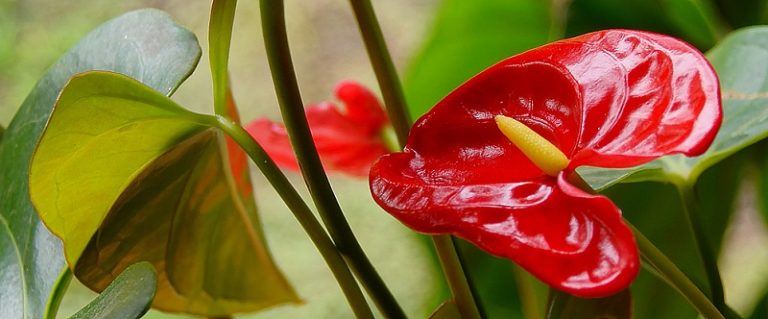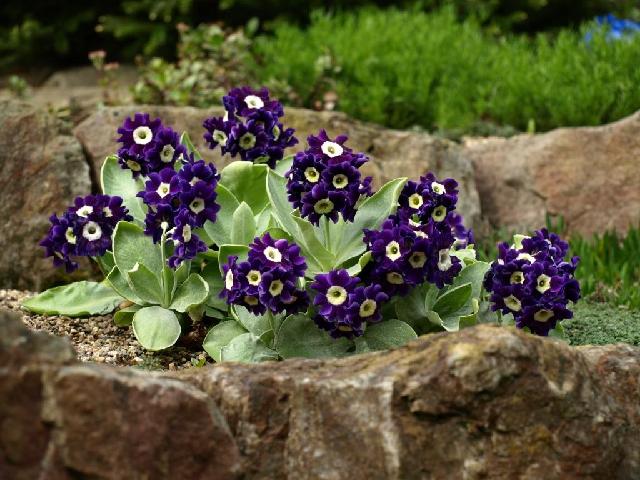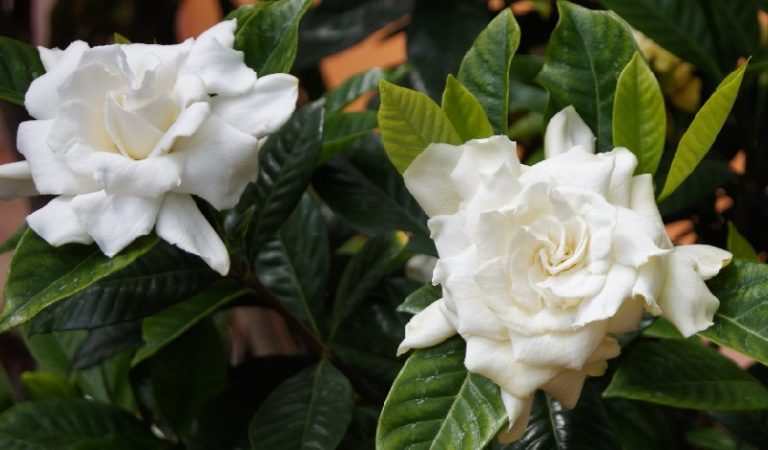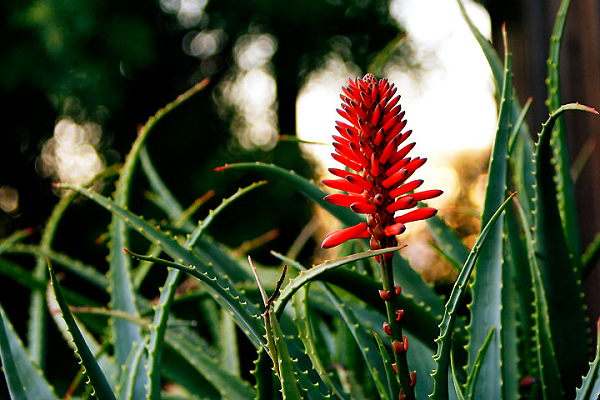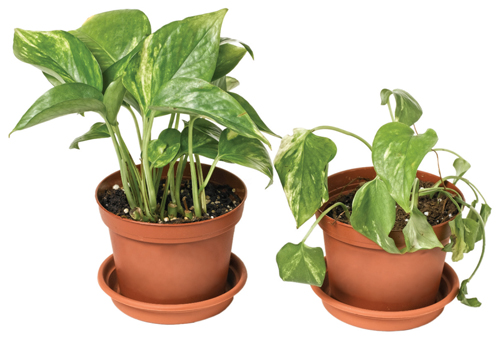Valotta – care
Vallota is a beautifully flowering deciduous bulbous plant that grows naturally in the tropics and subtropics.
Vallota (Vallota) is a genus of the Amaryllisfamily and (Amaryllidaceae). This genus has more than 50 species of bulbous plants, known to amateur flower growers as Amarilis.
Vallota’s leaves are dark green, red at the base, rather narrow, fan-shaped. The bulb is ovoid in shape, red at the neck, with brown scales. Vallota blooms in late summer. From the center of the bulb, a strong hollow peduncle 30-40 cm high grows, on which 3-6 red flowers appear, collected in inflorescences. The flowers are bell-shaped, up to 10 cm in diameter. All vallots have attractive long filamentous stamens with large oval yellow anthers.
The “babies” of the vallot are formed inside the bulb, they do not break through the tissues, like in many other bulbous plants, but with the help of special “legs” they are pushed out, breaking away from the mother plant. Sometimes small bulbs can be found even on the surface of the soil.
Types of vallotas
The genus Vallota is represented by only one species – Vallota beautiful Vallota speciosa, but English breeders believe otherwise, this genus consisted of 3 species of plants. According to the latest data, Vallota speciosa and Vallota purpurea are transferred to the genus Cyrtanthus and are called Cirtanthus sublime Cyrtanthus elatus, and Vallota miniata to the genus Clivia.

There are several varieties of Vallota, differing in size and color of flowers:
– “Alba” – with white flowers,
– “Magnifica” – red flowers with a white eye;
– “Minor” – has narrower leaves and smaller flowers compared to the species plant;
– “Major” – differs in very large flowers.
The difference between vallota and other amaryllis
- deep purple leaf axils. The leaves themselves are long, flat, their shape and color differ from species to species. In some, the leaf plate is very narrow, smooth, in others – wide, twisted spirals. The color of the leaves can be bright green, matte and dark green of varying saturation.
- The bulbs of the plant are rounded pear-shaped with a short neck. The color of dried scales is another distinguishing feature: if their upper side is usually brown, then the inner side is light crimson.
Attention! Vallota is a poisonous plant. Especially dangerous are bulbs in which the concentration of toxic substances is much higher than in leaves and flowers. After working with the plant, it is recommended to thoroughly wash your hands and all tools.
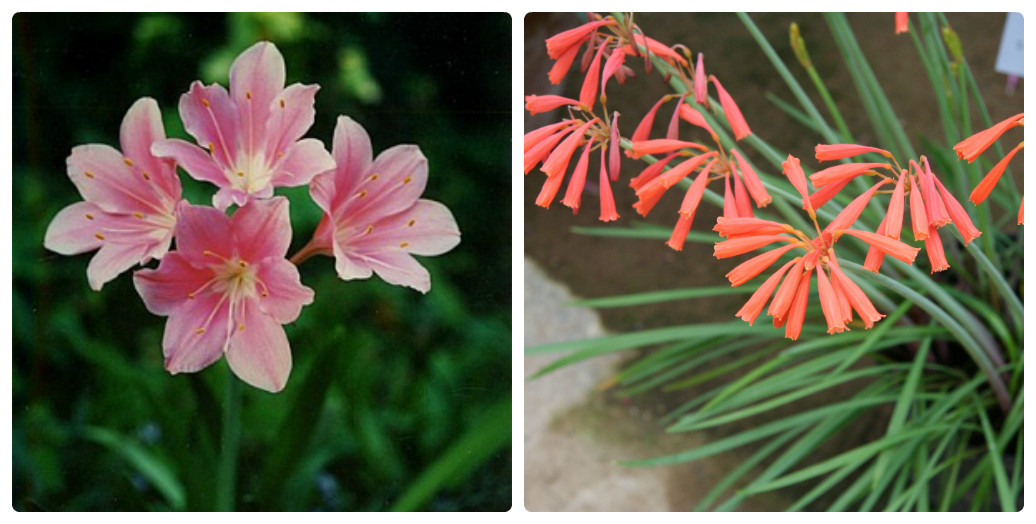
How to care for vallota
Like all bulbous plants, vallota needs special care. How to care for vallota our recommendations:
Brightness of the light for vallotta
The main requirement in caring for vallotta is bright light. She needs direct sunlight in the morning and evening hours. Place the plant on the windowsill in the eastern direction, but the plant grows well in the west. On the south side, the vallot needs to be shaded from the midday sun, the scorching rays of which can burn the leaves.

Air temperature for valotta
The air temperature in different periods should be different: in summer +23 – +24 ° C, in winter + 10 ° C, but below +5 ° C .
How to water a vallotto
The watering regime for bulbous plants differs depending on the period, namely: in summer it is moderate, the topsoil should dry out slightly, and during the period of budding and flowering, watering is increased. In winter, watering is sharply reduced, you just need to make sure that the leaves do not lose their elasticity. Bare bulbs are stored without watering.
Important: It is undesirable to fill bulbous plants, since the bulb is prone to various rots provoked by waterlogging of the soil.
So, Vallota, like other bulbous flowers, is better to dry out slightly than to overwater. But prolonged overdrying of an earthen coma will also negatively affect it, since a dry period can provoke the beginning of a dormant period, and the plant will lose some of the leaves, and at the time of flowering – buds and flowers.
Vallota tolerates dry air well. Subject to the irrigation regime, an increase in humidity does not require.

Watch the video about indoor violet. Violet flowers are multi-colored, simple, double, wavy with a diameter of 2 to 4 cm.
Repotting and soil for vallota
Vallotta is transplanted only as needed, since flowering begins only when it becomes cramped in a pot. If you plant it in small pots, where the plant will closely grow “babies”, it will bloom faster. If you choose wide flat pots for planting, the vallota will begin to multiply, forming a whole family, but you can’t wait for flowers.
The soil for vallota should be very nutritious, moisture and breathable. The best soil composition will be: leafy, soddy, humus soil, peat and coarse sand (2: 1: 1: 1: 1). In this case, drainage is necessary.
Valloti fertilizer
In spring and summer, vallota is fed 1 time in 14 days with special fertilizers for bulbous plants. In winter, it does not need feeding.
Propagation of vallotta
Vallota propagates by baby bulbs, which are dug out of a pot or harvested from the surface. When planting bulbs, they are deepened into the ground by half or 2/3, but no more. The flowering of a young plant occurs after 3 – 4 years.
Pests and diseases of vallotas
Most often, vallot is infected by spider mites and scale insects.
Of the diseases, various rotten bulbs caused by excessive watering are most common.

